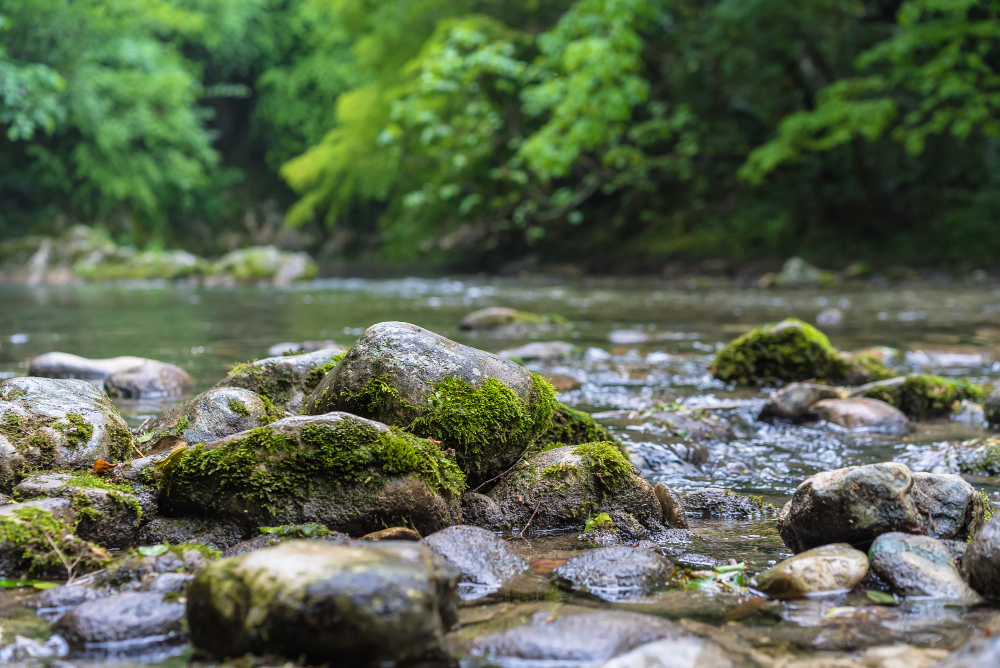Last updated on March 11th, 2024 at 05:02 am
Water management has long been an issue in South Australia. Some of the first State legislation was to ensure the equitable distribution of water to landholders. Much of the water supply on the Fleurieu is sourced from ground and surface water by aquifers and dams respectively.
Environmental water quality and capacity
In 2019, the Government of South Australia created landscape boards to manage environmental regions. The Fleurieu is managed by the Landscape Board of the Hills and Fleurieu. The legislation which governs the various landscape boards is the Landscape South Australia Act 2019. Landscape Boards are reviewed by the Department of Environment and Water (DEW). The preamble in the Act states:
An Act to promote sustainable and integrated management of the State’s landscapes, to make provision for the protection of the State’s natural resources, and for other purposes.
Landscape South Australia Act 2019: Version: 21.11.2021
The Landscape Board Hills and Fleurieu is responsible for the sustainability of the Fleurieu region. It has a keen interest in ensuring that the water demand by urban, farming and industrial activity does not negatively impact the ability of the water resources to maintain environmental needs. They also have a mandate to ensure that areas of significance for Aboriginal communities have adequate water.
Environmental water quality
Environmental water in ground and surface water is tested by Environment Protection Authority (EPA) of South Australia. The EPA is governed by the Environment Protection Act 1993 and reports to the Minister of the Environment and Water. The preamble to the Act states that is:
An Act to provide for the protection of the environment; to establish the Environment Protection Authority and define its functions and powers; and for other purposes.
Environment Protection Act 1993 Version: 11.2.2023
Because many Fleurieu communities, local farms and businesses draw water from the aquifer, the EPA conducts water quality and capacity tests. They are monitoring for such elements as salt to determine if the aquifer water is becoming more saline. They often have sample testing sites near major water licence holders. They also monitor the capacity of the aquifer to supply demands given the ground water resource available
Water for human and industrial use
The supply of water for human and industrial use falls under the Water Industry Act 2012 (WIA 2012). This legislation is:
to facilitate planning in connection with water demand and supply; to regulate the water industry, including by providing for the establishment of a licensing regime and providing for the regulation of prices, customer service standards, technical standards for water and sewerage infrastructure and installations and plumbing, and by providing performance monitoring of the water industry; to provide for other measures relevant to the use and management of water; and for other purposes .
Water Industry Act 2012 Version 2020
The Minister for Environment and Water is responsible for this Act. It provides the legislative framework around which various government agencies operate to control: water pricing and billing, drinking water quality, water supply infrastructure regulation and auditing, and finally environmental water quality and capacity.
Drinking water quality
Water for human consumption is audited by SAHealth. The water provider must submit testing results to SAHealth on a regular basis. SAHealth reports to the Minister of Health and Wellbeing and the legislation which governs drinking water is the Safe Drinking Water Act 2011 (SDW, 2011) and its related Safe Drinking Water Regulation 2012 (SDWR, 2012). This latter document references the Australian Drinking Water Guidelines, which is determined by National Health and Medical Research Council, an agency of the Australian Government.
Drinking water supply
Drinking water supply is provided for the most part by SAWater but is also by privately owned services including water carrier services. Mount Compass, for example, is supplied by groundwater by SAWater for the main part of the town and a private supplier on the Mount Compass Golf Course Estate. Both supplies are sourced from the same aquifer.
SAWater – primary supplier of drinking water and sewerage treatment
The South Australian Water Corporation (SAWater) is the chief water supplier for South Australians. It supplies water and sewage treatment services to 1.8 million South Australians. It exists because of an act of parliament, the South Australian Water Corporation Act 1994. SAWater is also governed by the Public Corporations Act 1993, which enforces a ‘for profit’ business model on its operations.
Water pricing in the private supply market
The Agency which governs the fair pricing of water is the Essential Services Commission of South Australia (ESCOSA). All water providers including SAWater must undergo a financial review of service provision. ESCOSA is regulated by the Essential Services Act 2002 (ESA, 2002).
Grievances with water suppliers
When legislation was passed to privatise the energy market, this was also extended to water supply. The Energy and Water Ombudsman of South Australia has been given the authority through the Water Industry Act 2012 to resolve issues between the customer and a water supplier with reference to billing.
The Energy and Water Ombudsman SA (the EWOSA) can investigate and resolve domestic and business consumer complaints against energy and water suppliers that are members of the EWOSA scheme. Members of the EWOSA scheme are licensed under either the Electricity Act 1996 (SA), the Gas Act 1997 (SA) or the Water Industry Act 2012 (SA).
Complaints against energy and water suppliers
